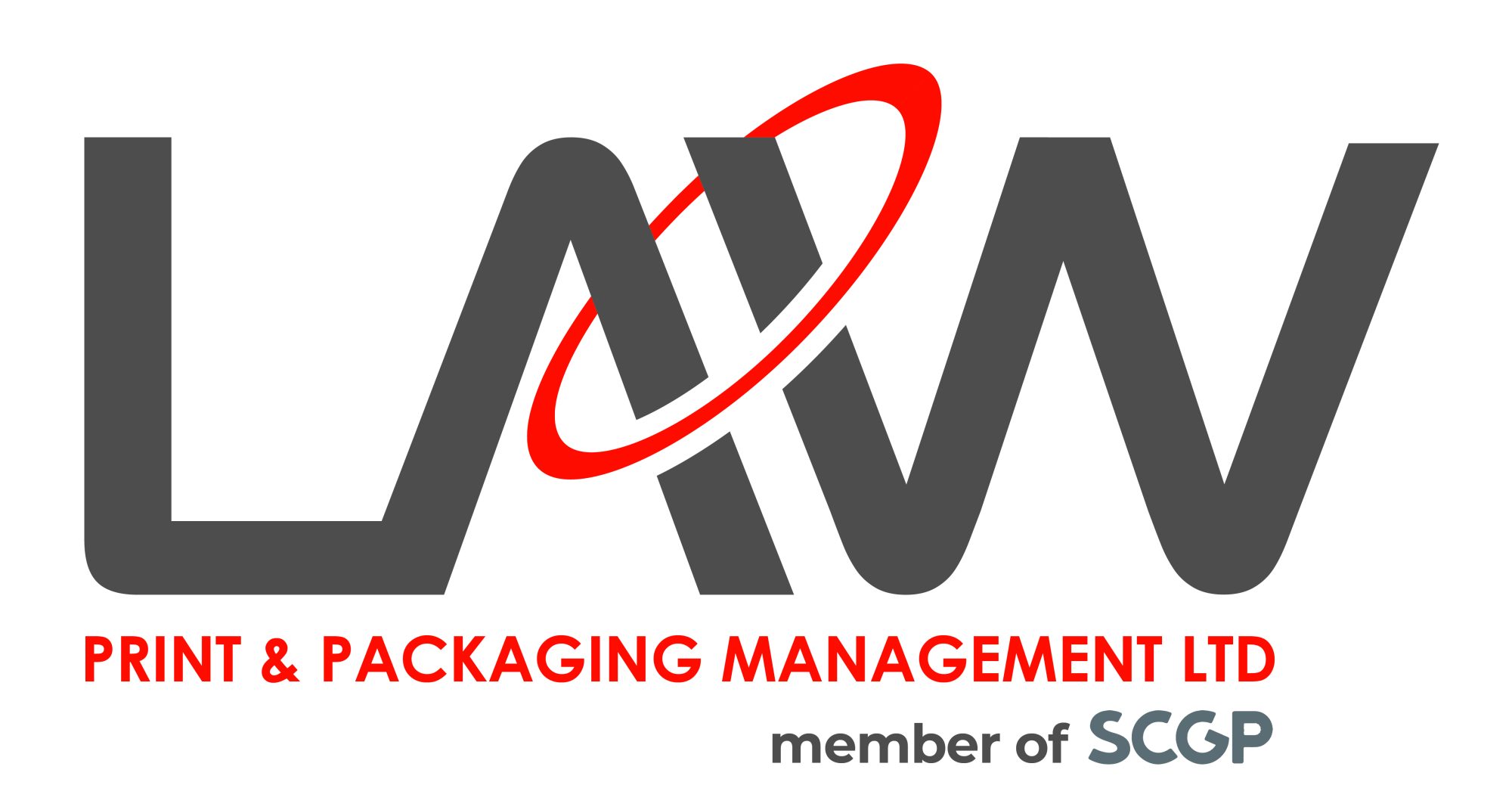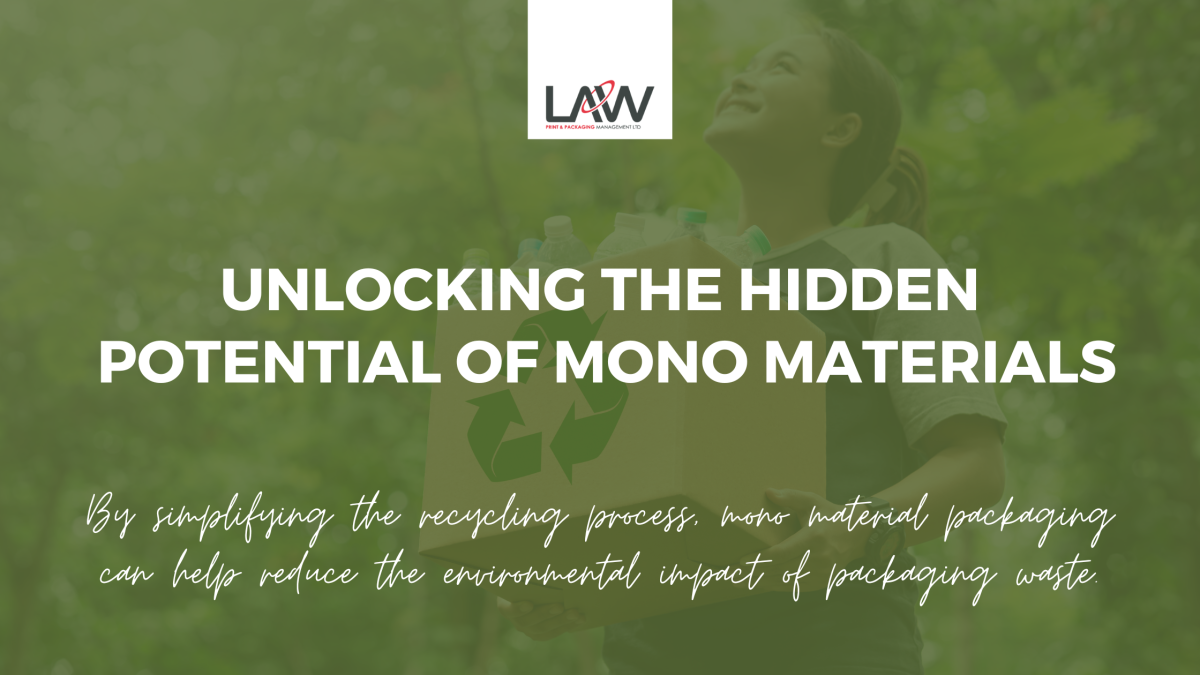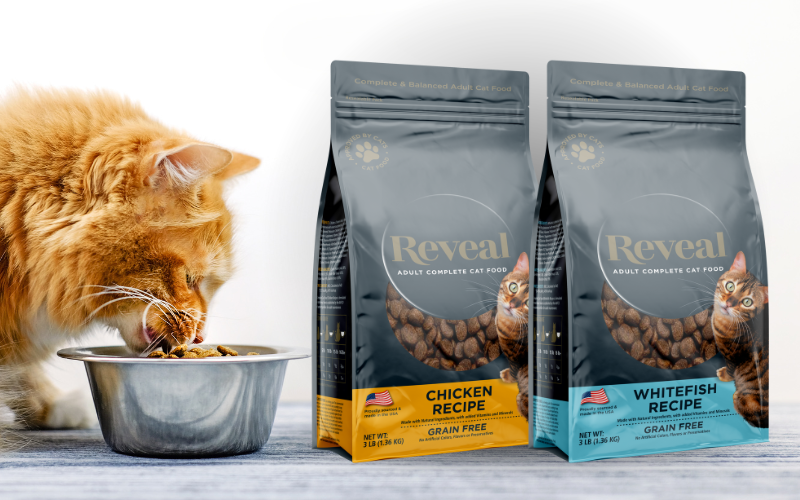In recent years, the packaging industry has seen a significant shift towards sustainability, driven by increasing environmental awareness and consumer demand for eco-friendly products.
One of the most promising advancements in this area is the development and use of mono material packaging.
This blog will explore the hidden potential of mono material packaging, particularly in the pet food, sweets, and alcohol sectors.
What is Mono Material Packaging?
Mono material packaging is made from a single type of material, typically plastic, paper, or metal. Unlike traditional multi-layered packaging, which combines different materials to achieve desired properties (such as strength, barrier protection, and aesthetics), mono material packaging is designed to provide these properties using just one material. This simplicity offers several advantages, particularly in terms of sustainability and recyclability.
Benefits of Mono Material Packaging
1. Enhanced Recyclability
One of the most significant benefits of mono material packaging is its enhanced recyclability. Multi-material packaging often poses challenges in recycling because different materials need to be separated before they can be processed. Mono material packaging, on the other hand, can be recycled more easily, reducing the burden on recycling facilities and increasing the likelihood that the packaging will be recycled.
2. Environmental Impact
By simplifying the recycling process, mono material packaging can help reduce the environmental impact of packaging waste. Less energy and fewer resources are required to recycle single-material packages, leading to lower carbon emissions and a smaller ecological footprint. This aligns well with global sustainability goals and helps companies meet regulatory requirements and corporate social responsibility (CSR) commitments.
3. Cost-Effectiveness
While the initial development of mono material packaging may require investment, the long-term cost benefits can be substantial. Simplified production processes, reduced material costs, and lower recycling fees can contribute to significant savings. Additionally, brands that adopt sustainable packaging solutions may see increased consumer loyalty and willingness to pay a premium for environmentally-friendly products.
Applications in Pet Food, Sweets, and Alcohol
Pet Food
The pet food industry is particularly well-suited for mono material packaging due to the diverse range of products and the need for strong, protective packaging. Traditional pet food packaging often includes multi-layered materials to preserve freshness and prevent contamination. Mono material solutions, however, can achieve the same level of protection while being easier to recycle. Brands like Nestlé Purina have already started exploring mono material packaging options, paving the way for a more sustainable future.
Sweets
Sweets and confectionery packaging often prioritises visual appeal and barrier properties to maintain freshness and protect delicate products. Mono material packaging can meet these requirements while offering an eco-friendly alternative to traditional multi-layered packaging. Innovations in mono material technology, such as improved barrier properties and enhanced printability, ensure that sweets remain attractive and well-preserved without compromising on sustainability.
Alcohol
The alcohol industry presents unique packaging challenges, particularly in terms of strength and barrier protection. Glass and metal are commonly used materials, but there is a growing interest in sustainable alternatives. Mono material packaging solutions, such as PET bottles, offer a lightweight, shatterproof, and recyclable option for alcohol packaging. These materials can also be designed to provide the necessary barrier properties to protect the integrity of the product.
Challenges and Future Directions
Despite the numerous advantages, there are still challenges to overcome in the widespread adoption of mono material packaging. These include:
- Technical Limitations: Achieving the same performance characteristics as multi-material packaging can be challenging. Ongoing research and development are essential to improve the barrier properties, strength, and aesthetic appeal of mono material solutions.
- Consumer Perception: Educating consumers about the benefits of mono material packaging is crucial. Misconceptions about the quality and safety of these materials need to be addressed to drive acceptance.
- Regulatory Hurdles: Different regions have varying regulations regarding packaging materials and recycling. Harmonizing these regulations can facilitate the adoption of mono material packaging on a global scale.
Need more information about sustainability in 2024? If your brand wants to invest in quality packaging, we will guide you through the entire print process. In addition, we are providing recommendations along the way to improve efficiency, reduce costs and add untold value to the end product.
Contact us on +44 (0) 161 440 7302 or follow this link to complete our contact form.


